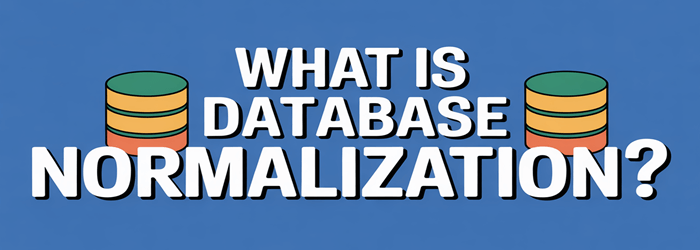David44Coder
Member
- Local time
- Today, 23:47
- Joined
- May 20, 2022
- Messages
- 137
I have a datasheet Form with a Union Query as it's recordsource.
So it can't be updated or edited. But I'm looking for some way to achieve this.
My thoughts are to get the table and field target from a click event, update the table directly and refresh the Form
But how to edit or add the new text? I presume it is not possible to (temporary) make the field(cell) editable?
Perhaps popup a new Form just to accept the data? Or it is feasible to create an unbound copy of the Form?
Any suggestions welcome. Thanks.
So it can't be updated or edited. But I'm looking for some way to achieve this.
My thoughts are to get the table and field target from a click event, update the table directly and refresh the Form
But how to edit or add the new text? I presume it is not possible to (temporary) make the field(cell) editable?
Perhaps popup a new Form just to accept the data? Or it is feasible to create an unbound copy of the Form?
Any suggestions welcome. Thanks.



